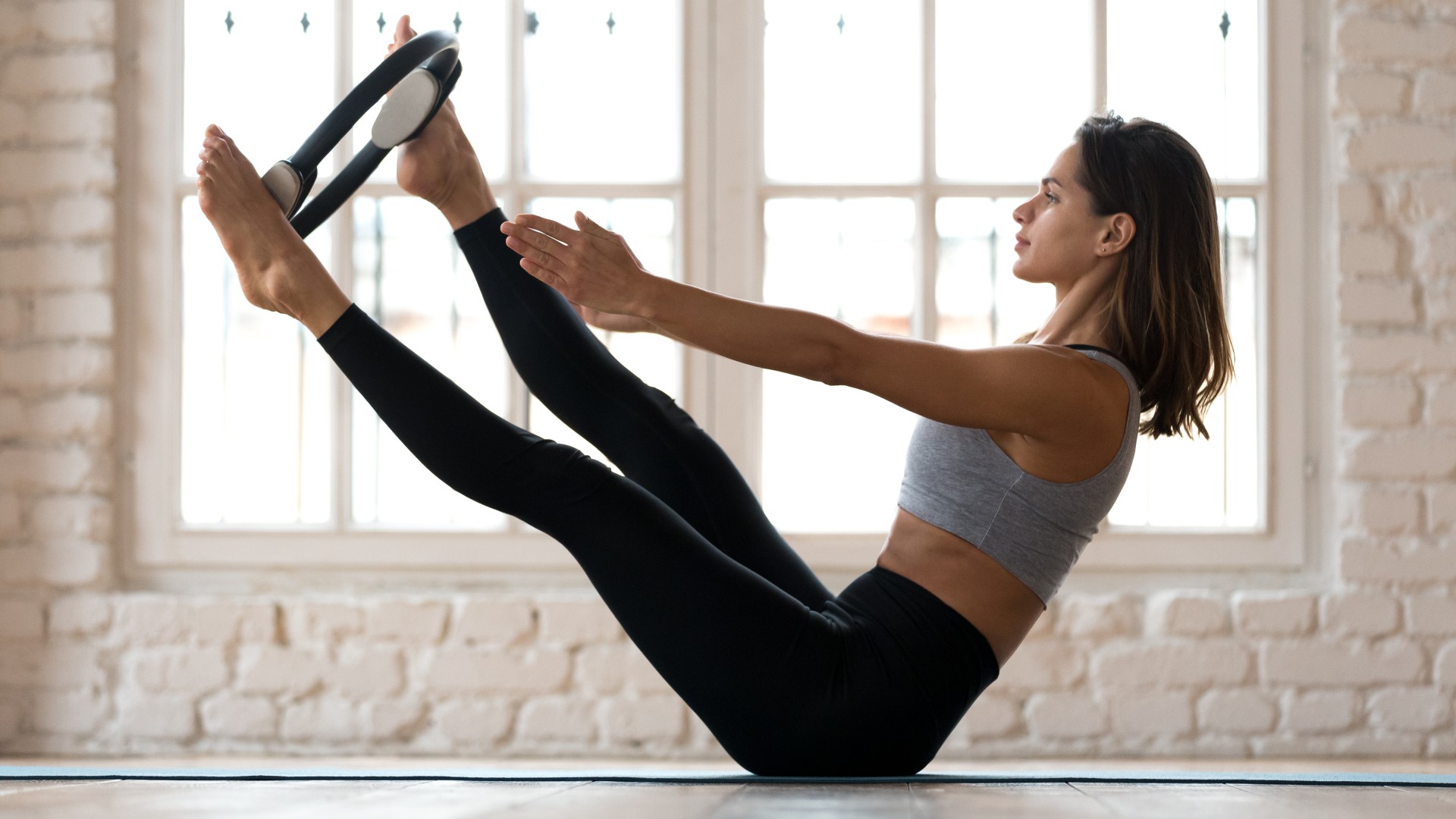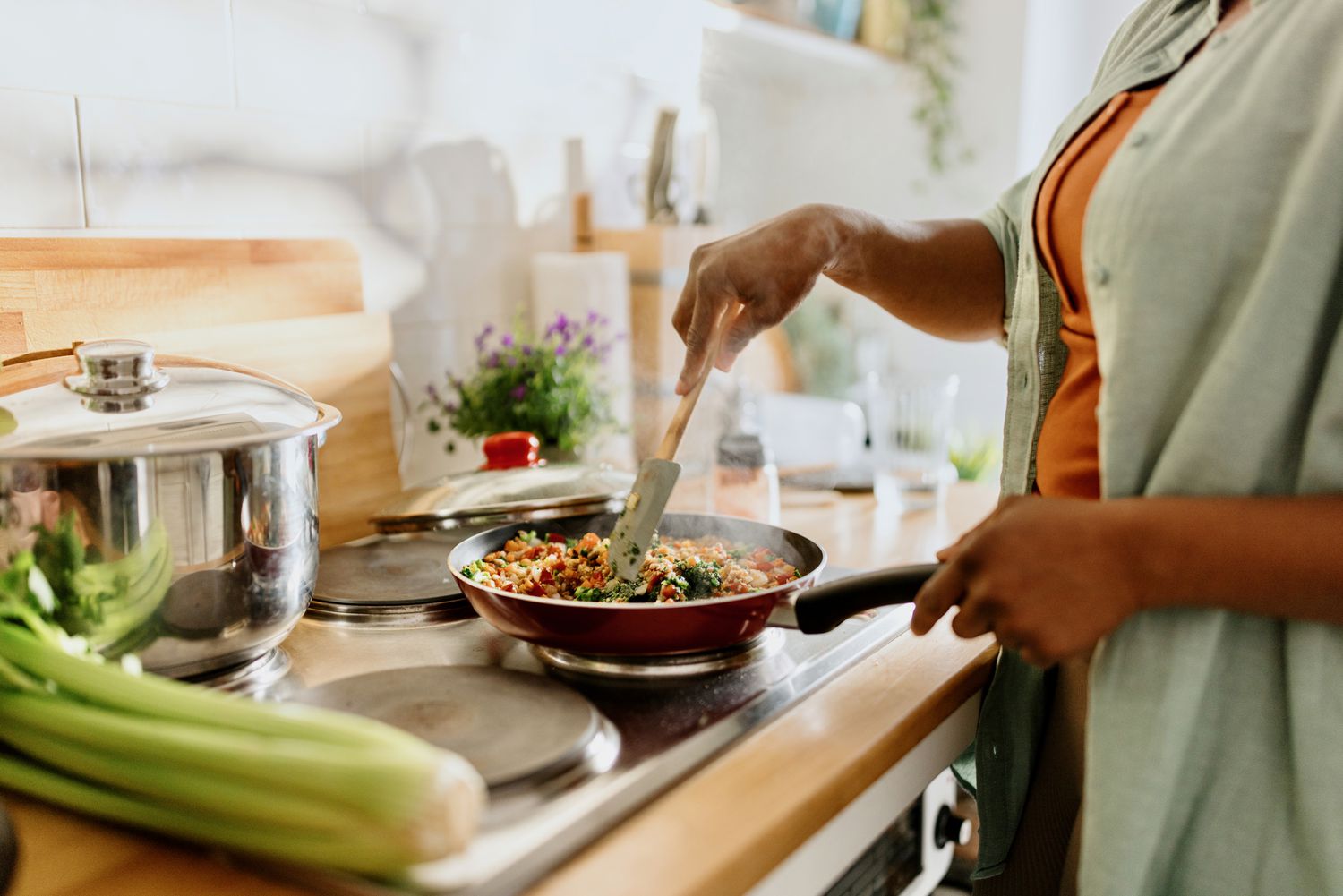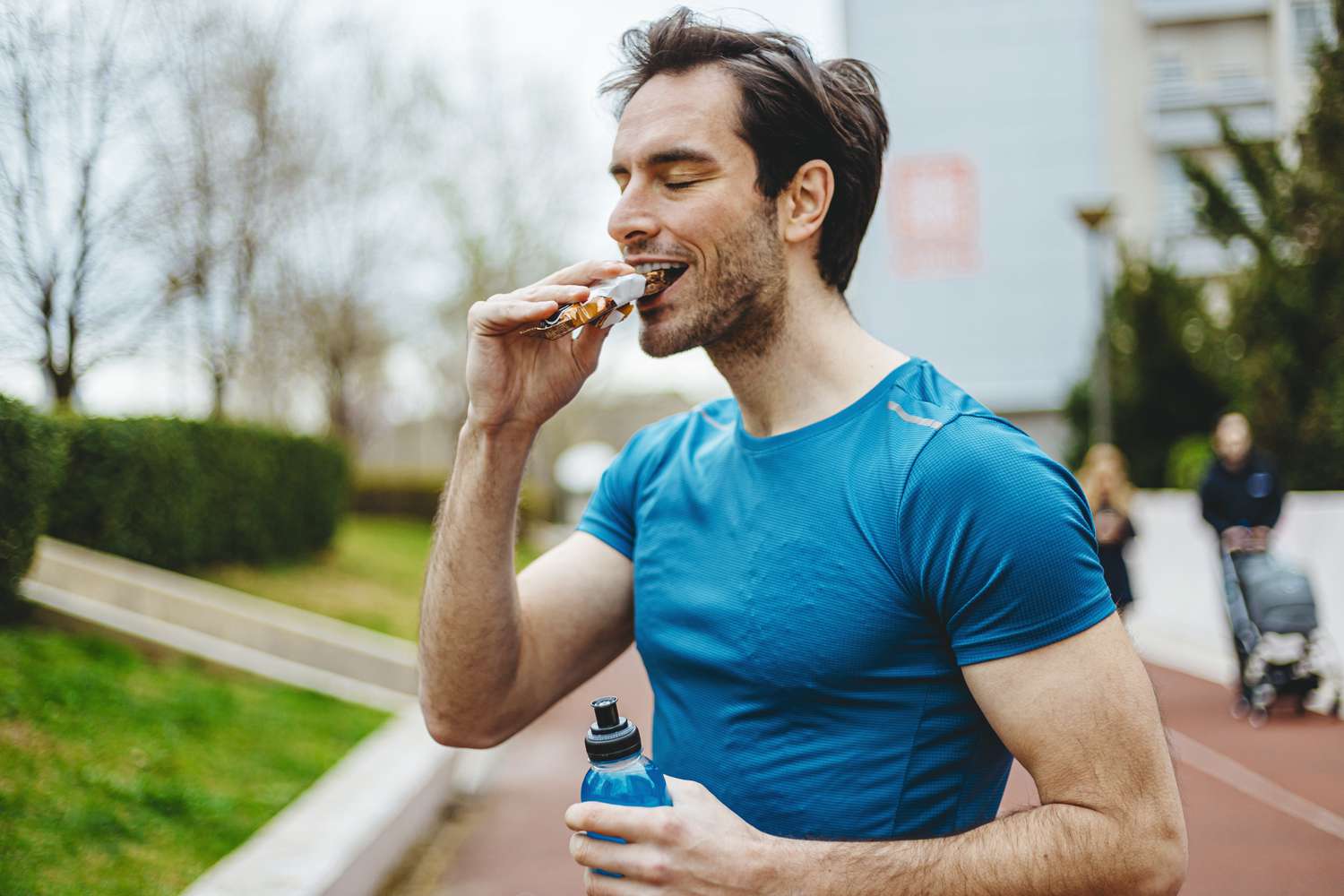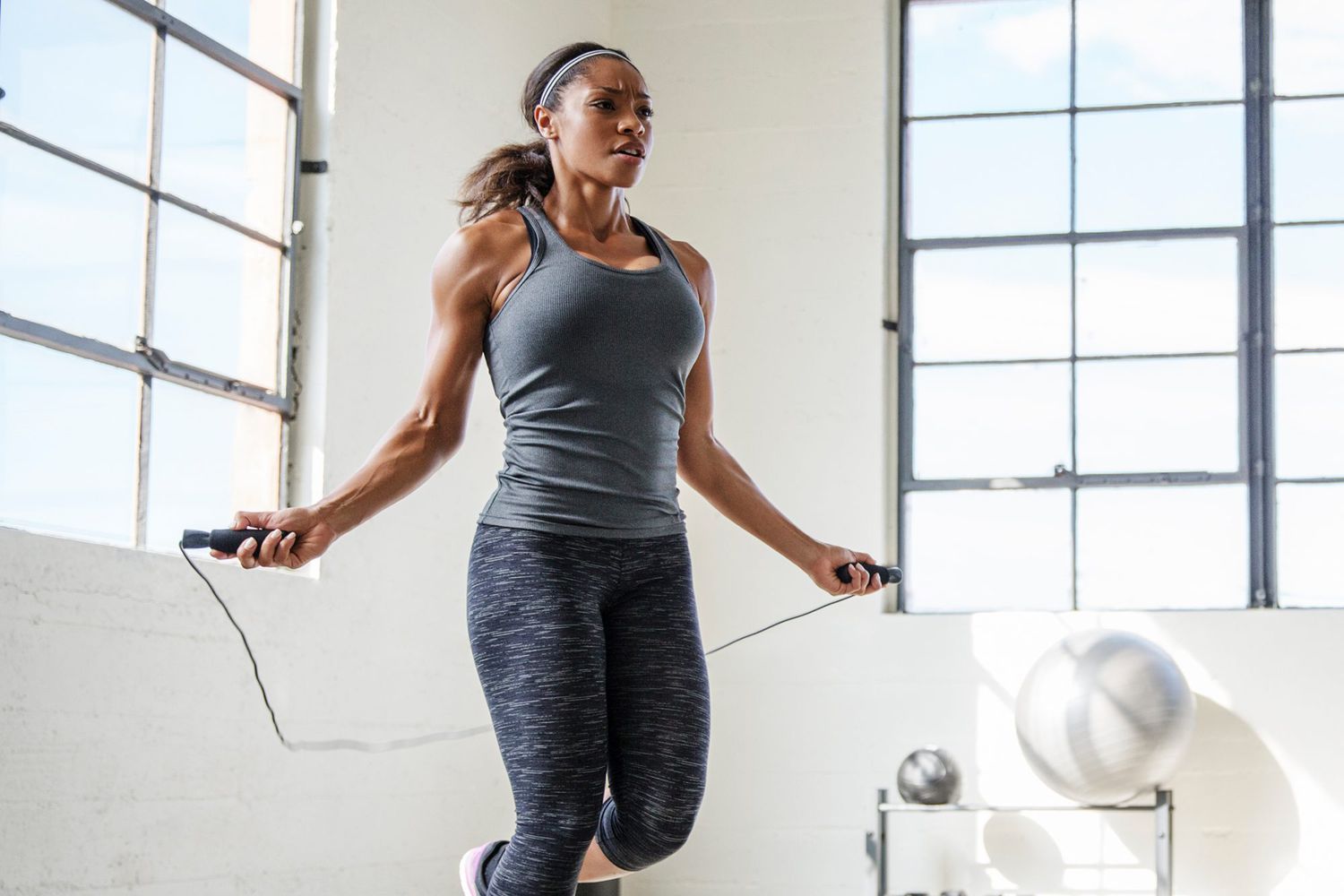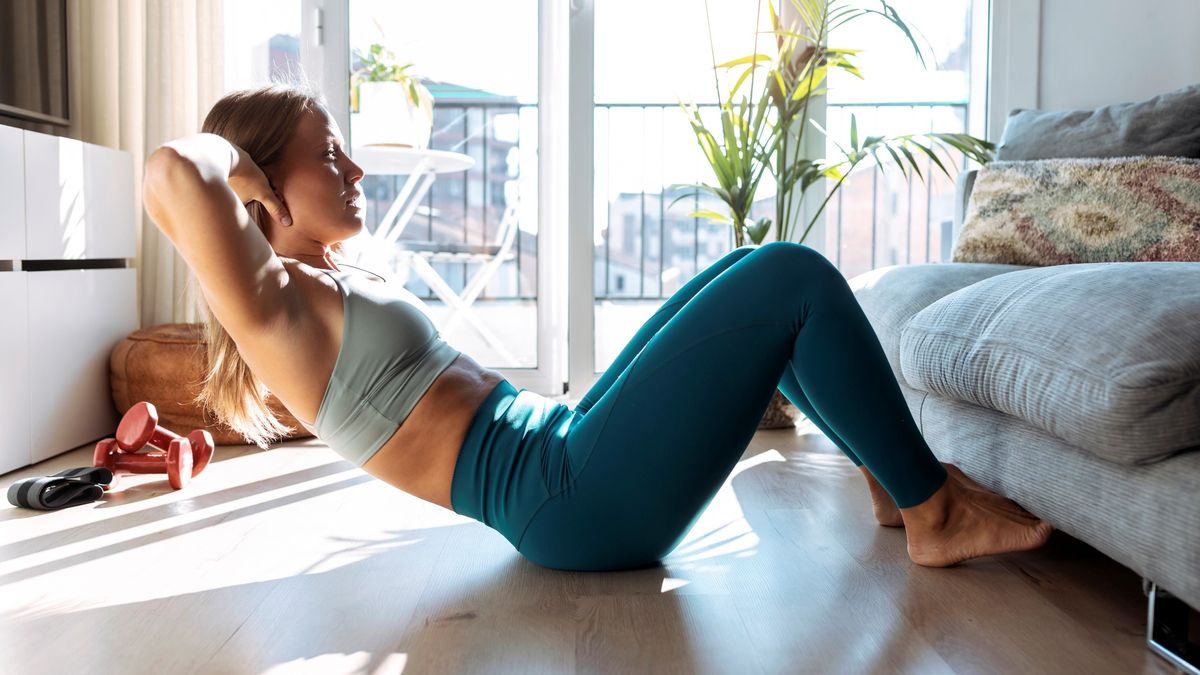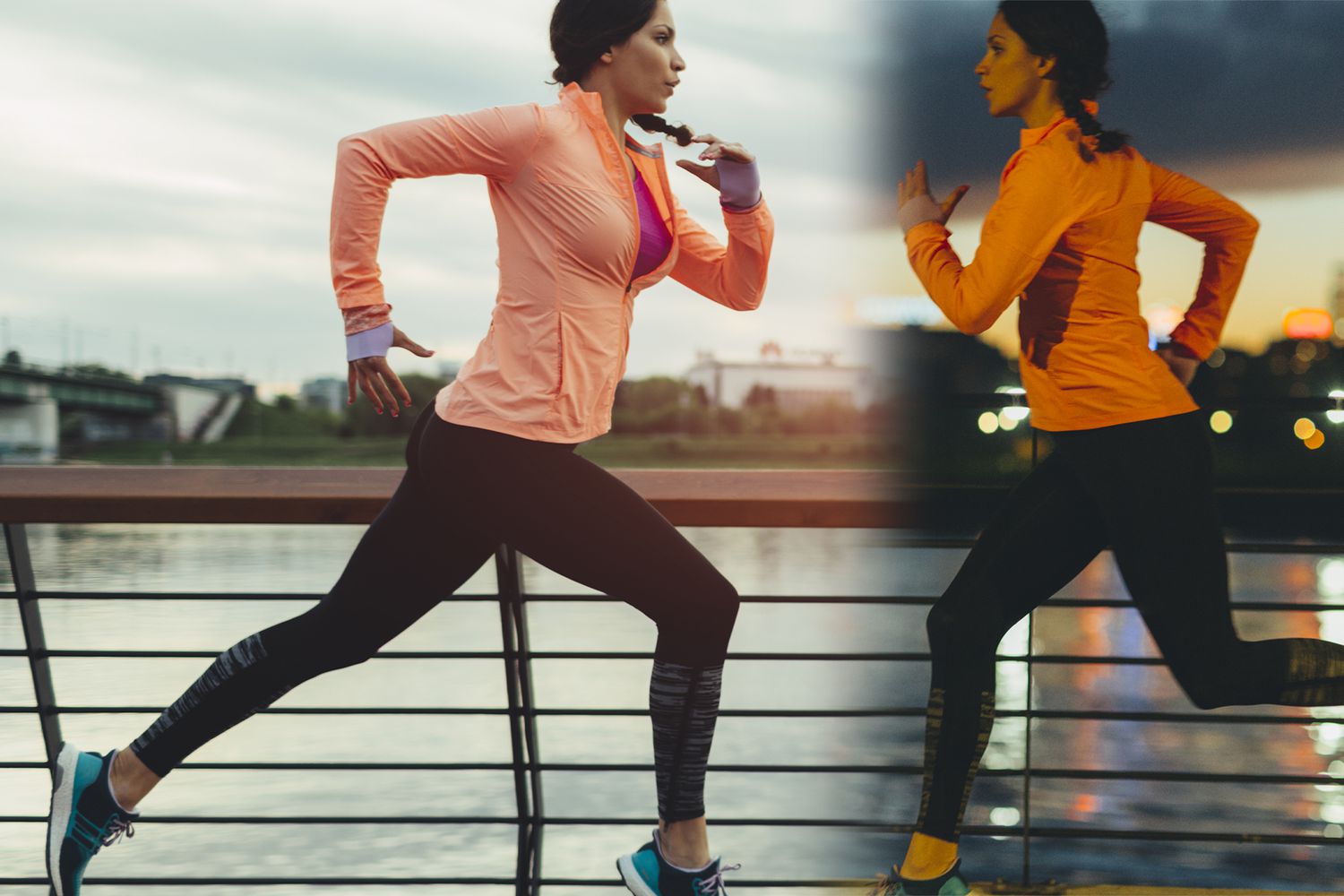Pilates is a powerful workout method that strengthens your core and improves overall body alignment. By incorporating these 10 essential Pilates exercises into your routine, you can enhance your strength, flexibility, and posture while reducing stress. Originally developed by Joseph Pilates, these moves, often referred to as “contrology,” focus on controlled movements to build endurance and awareness in your body.
Whether you are a beginner or have some experience, you can find exercises that match your skill level. Each exercise targets specific muscle groups, making it effective for a full-body workout. The beauty of Pilates lies in its adaptability; you can perform these exercises on a mat or use specialized equipment to deepen your practice.
Discovering the benefits of Pilates can transform your fitness journey. From improved posture to increased core strength, these exercises not only enhance your physical health but also promote mental clarity and relaxation.
Key Takeaways
- Pilates strengthens your core and improves flexibility.
- You can adapt exercises for any skill level.
- Regular practice enhances both physical health and mental well-being.
Foundations of Pilates
In Pilates, understanding the foundations is essential for success. Key elements include your breath and control, along with core principles that underpin every move you make.
Breathing and Control
Breathing is a vital part of Pilates. It helps you stay focused and sets the rhythm for your movements. You should inhale deeply through your nose and exhale fully through your mouth. This process not only supplies your body with oxygen but also aids in muscle engagement.
While performing exercises, aim to maintain a steady breath. This allows for better control and precision. For example, during the “Roll Up” exercise, use your breath to help you roll up and down smoothly. Pay attention to how your breath can enhance stability and flow throughout each motion.
Core Principles
At the heart of Pilates is core strength. Engaging your core helps support your spine and maintain balance. Your core includes the abdominal muscles, back muscles, and pelvic floor. You want to activate these muscles in every exercise.
As you practice, remember to focus on precision in your movements. This means doing each exercise with intention, ensuring you are aligned correctly. Moves like the “Plank” or “The Hundred” emphasize maintaining a strong core and controlled form. Making small adjustments to your position can enhance both strength and stability throughout your practice.
Essential Pilates Exercises
In Pilates, focusing on specific exercises can greatly improve your strength, flexibility, and stability. This section highlights essential movements that will help enhance your performance and overall fitness.
Warm-Ups and Mobility
Starting with warm-up exercises prepares your body for movement. Incorporating mobility work increases your range of motion and reduces the risk of injury.
- Leg Circles: Lie on your back with one leg extended. Rotate your leg in small circles. This improves hip mobility and warms up your leg muscles.
- Pelvic Curl: This exercise helps engage your abdominal muscles and prepares your spine for movement. Lie on your back, bend your knees, and lift your hips off the mat.
These warm-ups lay the foundation for safe, effective workouts.
Core-Focused Movements
A strong core is vital for stability and balance in all exercises. The following movements target your core muscles effectively.
- The Hundred: Lie on your back, raise your legs, and lift your head and shoulders. Pump your arms up and down while breathing deeply for 100 counts.
- Single Leg Stretch: Start lying on your back with one knee pulled into your chest. Alternate extending and pulling legs while engaging your abs for core stability.
- Rolling Like a Ball: Sit, pull your knees to your chest, and roll back to your shoulders. This movement helps with balance and strengthens your core.
These movements help develop your transverse abdominis and improve your abdominal strength.
Upper and Lower Body Integration
Combining upper and lower body movements in your routine enhances coordination and overall fitness.
- Plank: Maintain a straight line from head to heels while supporting your body on your forearms and toes. This exercise builds core stability while engaging your arms and legs.
- Swan Prep: Lie face down, place your hands under your shoulders, and lift your chest. This focuses on back strength and opens up the front of your body.
- Side Kick Series: Lie on your side and kick your legs forward and backward. This routine works your hip flexors and inner thighs, promoting leg strength and flexibility.
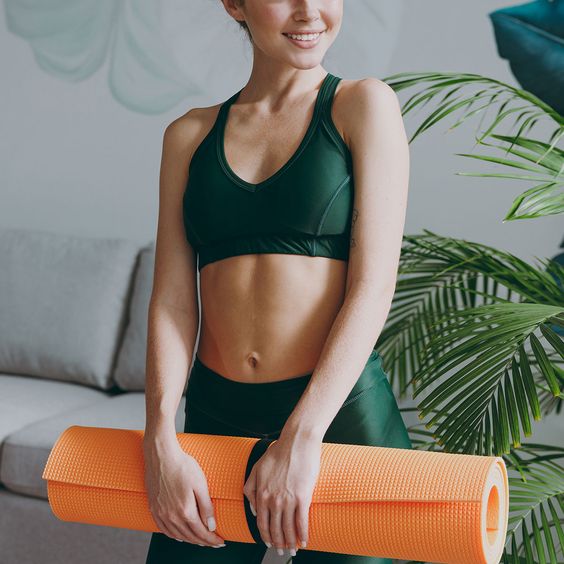
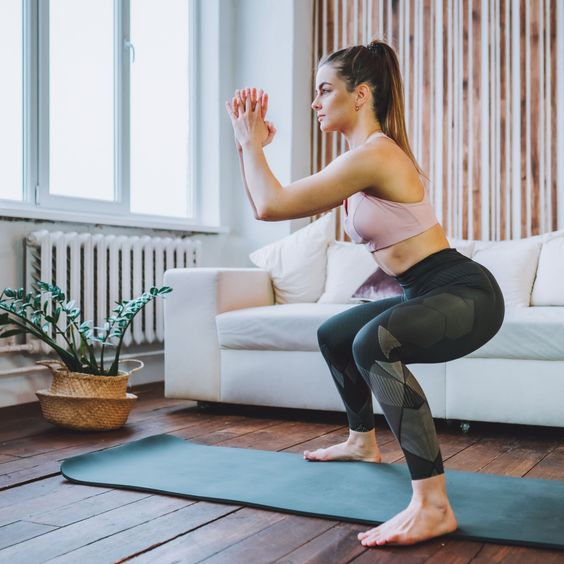
Advanced Techniques and Variations
In Pilates, advanced techniques and variations can enhance your practice by improving flexibility, balance, and strength. These exercises target key areas like the core, hips, and glutes, promoting a well-rounded workout.
Flexibility and Balance
To improve flexibility and balance, incorporate moves like the Mermaid and Saw. The Mermaid stretches the spine and opens the hips. Sit tall with one leg folded and the other extended. Reach over your extended leg to increase the stretch.
The Saw works the obliques while enhancing spinal flexibility. Sit with your legs extended in a V position. Twist your torso to reach for your pinkie toe with the opposite hand. This engages your core and increases stretch without straining your lower back.
Adding the Roll Up also helps. Begin lying flat and slowly roll up to a seated position, engaging your rectus abdominis. This move improves control and elongates the hamstrings.
Full-Body Pilates Routines
A full-body routine can include advanced exercises like Open Leg Balance and Swimming. The Open Leg Balance targets the core, glutes, and hips. Sit, lifting your legs in a V shape while balancing on your sit bones. Hold the position, keeping your spine straight.
Incorporating Swimming helps strengthen the lower back and glutes. Lie face down and lift opposite arms and legs while your core stabilizes. This mimics swimming and aids in building both strength and endurance.
Combining these advanced techniques can create a dynamic workout that keeps you challenged and engaged. Each exercise not only strengthens but also promotes better posture and body awareness.
Pilates Equipment and Classes
When starting Pilates, knowing the right equipment and how to find classes can enhance your experience. This section focuses on using a Pilates reformer, performing mat exercises, and selecting the best class for your needs.
Using the Pilates Reformer
The Pilates reformer is a popular piece of equipment that uses springs, pulleys, and a sliding carriage. It allows for varied resistance levels, making exercises more challenging or supportive, depending on your needs.
Common moves on the reformer include the Footwork, Long Box series, and Swan Dive. Each movement targets different muscle groups and improves strength, flexibility, and posture.
If you’re new, consider starting with a professional instructor. They can guide you through proper techniques and help prevent injury while using this equipment.
Mat Exercises and Tips
Pilates mat exercises require no special equipment, making them accessible for home workouts. Focusing on core strength and alignment is essential.
Popular mat exercises include the Hundred, Roll-Up, and Single-Leg Circle. Each targets various muscle groups, promoting stability and balance.
When practicing mat exercises, pay attention to your form. Keep your lower back neutral and engage your core throughout each movement. Also, using a mat with cushion can enhance comfort during your routine.
Finding the Right Pilates Class
Choosing the right Pilates class is vital for your success. Look for classes labeled as Beginner or Level 1 if you’re new.
Check instructor qualifications as they should have certifications in Pilates training. A good instructor will help modify exercises for your skill level.
Many studios offer trials or drop-in classes, allowing you to experience different instructors and classes before committing. Consider class size; smaller groups often provide more personalized attention.
Frequently Asked Questions
You may have questions about starting Pilates, practicing regularly, and ensuring safety while exercising. This section covers common inquiries such as beginner exercises, weight loss effectiveness, traditional sequences, modifications for seniors, and helpful resources.
What are the best Pilates exercises for beginners to start with at home?
Some effective Pilates exercises for beginners include the Hundred, Roll-Up, and Leg Circles. The Bridge and Cat-Cow are also great for improving strength and flexibility. These exercises require minimal space and equipment, making them ideal for home practice.
Can practicing Pilates daily be effective for weight loss, and how much time should I dedicate to it?
Practicing Pilates daily can aid in weight loss if combined with a balanced diet. Aim for at least 30 minutes each day. Consistency is key, so find a schedule that works for you to help maximize the benefits.
What is the traditional sequence of Pilates exercises recommended for a complete workout?
A traditional Pilates workout often includes a warm-up, followed by core exercises like The Hundred, Roll-Up, and Teaser. It typically ends with a cool-down to stretch the muscles. Maintaining this flow ensures a well-rounded session.
How can seniors safely perform Pilates exercises, and are there specific modifications for them?
Seniors can perform Pilates by starting with gentle exercises like the Seated Twist or Standing Leg Lifts. Modifications such as using a chair for support or performing exercises on a mat can make movements safer and more accessible.
Where can I find a comprehensive guide with images for Pilates exercises?
You can find detailed guides with images on websites like OnlinePilatesClasses.com or fitness platforms that offer Pilates tutorials. These resources can help you understand the correct form and technique.
What are the most effective Pilates exercises to incorporate into a short, daily home routine?
Incorporate exercises like The Hundred, Side Leg Lifts, and Plank into a quick routine. These exercises target core strength and stability and can be completed in about 10-15 minutes to fit your day.
